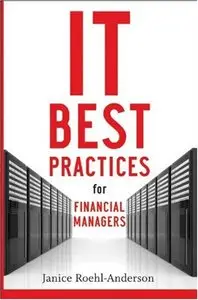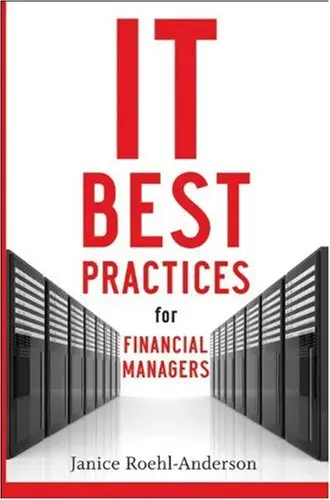IT Best Practices for Financial Managers by Janice M. Roehl-Anderson
English | 2010 | 352 Pages | ISBN: 0470508280 | PDF | 2 MB
English | 2010 | 352 Pages | ISBN: 0470508280 | PDF | 2 MB
With the tremendous amount of change in the systems world over the last several years, it is incredibly challenging to stay abreast of the latest system trends and best practices for finance. A comprehensive guide CFOs and controllers will rely on to radically improve organizational productivity, increase revenue, and decrease spending, IT Best Practices for Financial Managers defines clear action plans for the specific phases of IT implementation, including scoping, planning, designing, building, testing, and deploying, and looks at the roles and responsibilities of the CFO to enhance security, controls, and privacy.
Thorough and thoughtful, IT Best Practices for Financial Managers highlights one of the most important aspects of the CFO's job—ensuring that financially related systems are implemented on time and on budget, with secure and reliable systems.
Its practical coverage offers timely discussion of:
IFRS and its relevance to the CFO
The IT technology planning process
ERP software selection
The software implementation process
Critical success factors for IT implementations
Steering clear of "people pitfalls"
Shared services and financial systems
Globalization trends in offshore IT
The impact of Sarbanes-Oxley on financial systems implementations
The phenomenon of software as a service
eCommerce
Mergers, acquisitions, divestitures, and IT
The only constant about information technology is it is constantly changing. IT Best Practices for Financial Managers focuses on providing financial executives with an understanding of some of the most important system-related areas that can impact the finance function. Filled with best practices for selecting, implementing, and maintaining systems, this jargon-free, insightful guide helps financial executives in every field to add value to their organizations via the IT function.



